The ocean is a vast and mysterious frontier that remains largely unexplored. Despite the advancements in technology and deep-sea exploration, mysteries abound beneath the waves—from the eerie and enigmatic to the downright spooky. Here, we delve into some of the ocean’s most unsettling secrets that continue to baffle scientists and enthusiasts alike. So, for those intrigued by the ocean’s depths, here are 15 creepy phenomena lurking in the big blue that we still can’t quite explain.
1. The Bloop

Back in 1997, researchers detected an ultra-low-frequency, powerful sound in the Pacific Ocean dubbed “The Bloop.” It was so loud that it was picked up by sensors over 3,000 miles apart. According to NOAA, the sound’s profile matched that of a living creature, but no known animal could produce a noise of such magnitude, leaving scientists puzzled. Some suggest an unknown marine behemoth, while others think it might have been the sound of icebergs fracturing.
While theories abound, the true source remains elusive. Theories of cryptids and mythical ocean beasts persist, keeping the legend alive in popular culture. For oceanographers, the Bloop represents a reminder of how much we still have to learn about the ocean’s depths. Whether an iceberg or an undiscovered leviathan, the Bloop remains one of the ocean’s most tantalizing mysteries.
2. The Lost Submarine

During World War II, many submarines were lost to the depths, never to be seen again. Among them is the USS Grunion, which vanished in 1942 near the Aleutian Islands. Despite numerous searches, it remained lost until a 2007 expedition finally located its wreck using sonar technology. The mystery of its disappearance, however, remains unsolved, with theories suggesting it was sunk by an enemy vessel or a mechanical failure.
The story of the Grunion is a reminder of the many unsolved wartime mysteries lying at the ocean’s bottom. Each lost submarine holds stories of heroism, tragedy, and the harsh realities of war. For families and historians, finding these vessels provides closure and a tangible connection to the past. Yet, the ocean continues to guard its secrets, with many wrecks still undiscovered.
3. The Ocean’s Hum

Imagine the Earth, like a giant bell, emitting a constant hum too low to be heard by human ears. This phenomenon, known as the Earth’s hum, is a low-frequency sound that vibrates through the planet, as reported in The Guardian. The ocean plays a significant role in this global symphony, with its waves and currents contributing to the sound. Despite extensive study, the precise mechanisms behind this hum remain a scientific conundrum.
The hum is detected through seismometers, revealing subtle clues about the Earth’s dynamic systems. It’s a testament to the interconnectedness of ocean and land, a reminder of the planet’s ceaseless activity. For researchers, understanding the hum could unlock new insights into natural processes and the Earth’s interior. Until then, the ocean’s part in this invisible chorus remains an intriguing mystery.
4. The Milky Seas Phenomenon
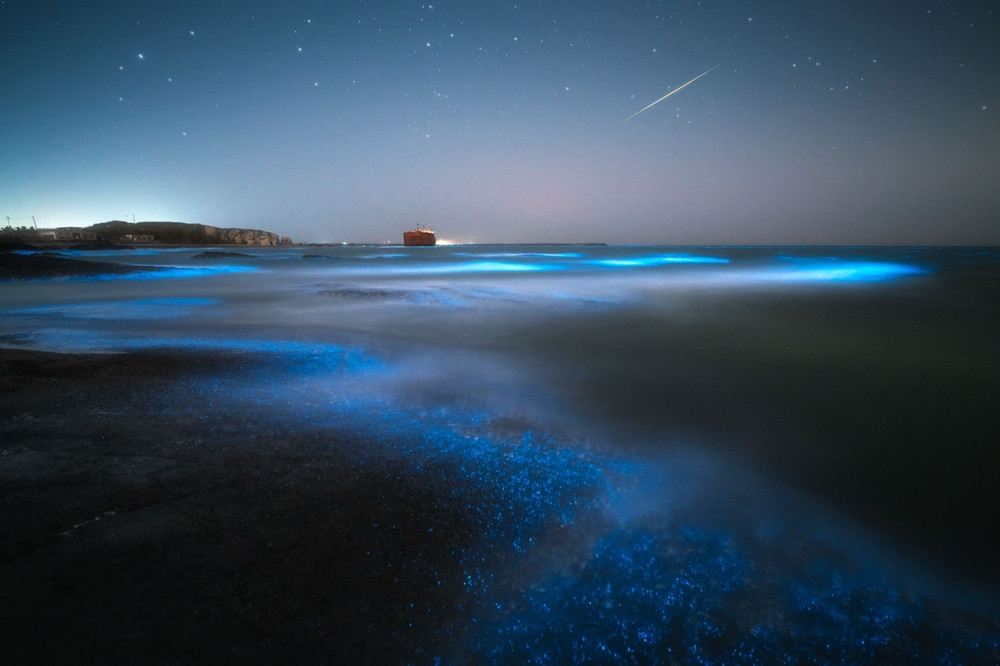
Imagine sailing through a pitch-black night, only to find the sea glowing an eerie blue. This is the Milky Seas phenomenon, where large expanses of ocean suddenly light up, visible even from space. A study published in Nature stated that bioluminescent bacteria cause the glow, but why they illuminate so massively and suddenly is still under investigation.
What triggers these bacteria to light up on such a grand scale is unknown, and occurrences of milky seas are rare and unpredictable. Sailors have reported these ghostly glows for centuries, but scientific documentation is sparse. Satellite technology has only recently allowed scientists to study these events more closely. For now, the Milky Seas remain a spectacular mystery of the ocean world.
5. The Lost City Hydrothermal Field
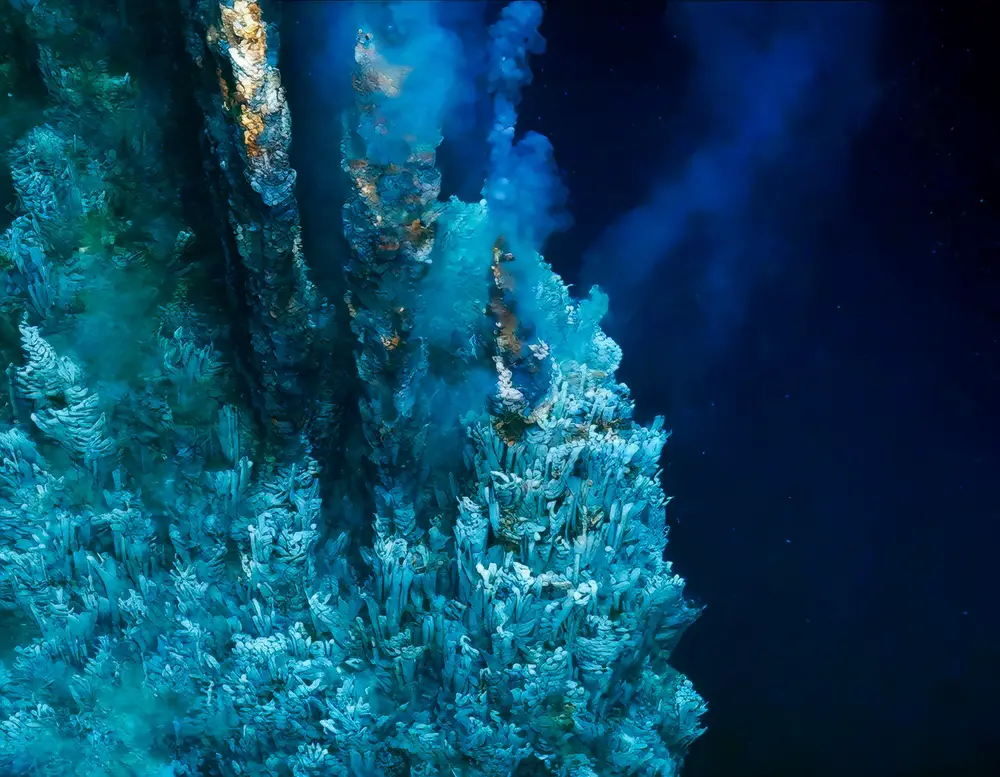
Deep in the middle of the Atlantic Ocean lies the Lost City Hydrothermal Field, a unique underwater ecosystem that defies conventional scientific understanding. Discovered in 2000, the field hosts towering carbonate chimneys venting gases that sustain life forms unlike any known to science. These hydrothermal systems challenge existing theories on the origins of life on Earth.
Unlike typical hydrothermal vents, the Lost City is powered by a chemical reaction between seawater and mantle rocks, not volcanic activity. The ecosystem thrives in extreme conditions, leading researchers to question if similar environments could support life on other planets. As we continue to explore the Lost City, it remains an uncharted frontier in understanding how life can adapt in the most peculiar ways. Its otherworldly nature fuels curiosity and scientific quests around the globe.
6. The Bermuda Triangle
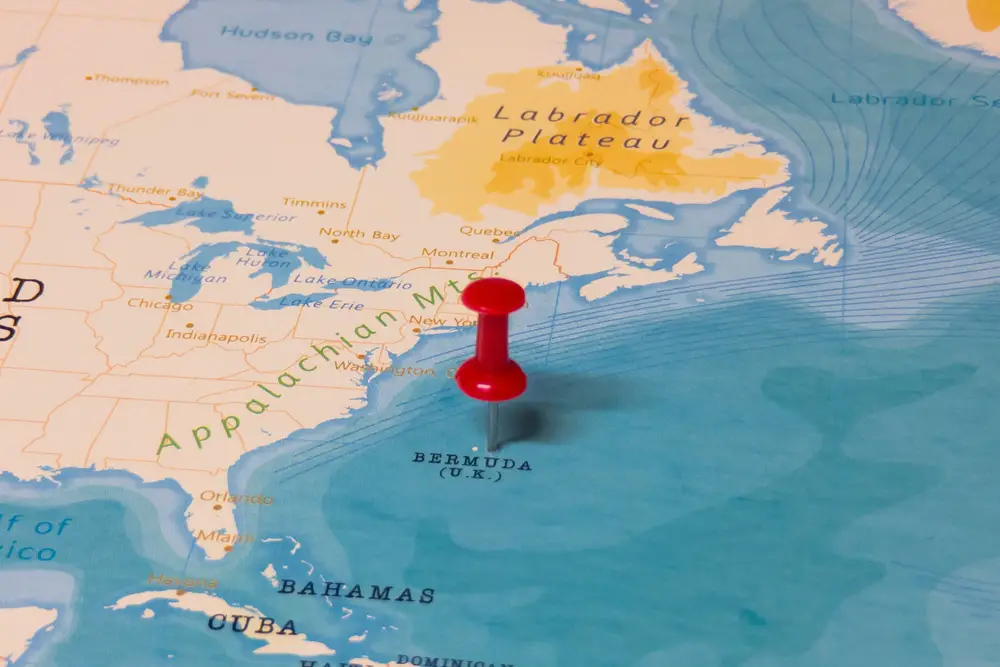
The Bermuda Triangle is perhaps the most infamous maritime mystery, an area in the North Atlantic Ocean where ships and planes have purportedly vanished under inexplicable circumstances. With stories of navigational instruments going haywire and vessels disappearing without a trace, the triangle has spawned countless theories, from alien abductions to underwater city-induced anomalies. Despite its legendary status, no scientific evidence supports the idea that the Bermuda Triangle poses more danger than any other part of the ocean.
Investigations have suggested that the high number of disappearances can be attributed to a combination of human error, violent weather, and the Gulf Stream’s swift currents. Nonetheless, the Bermuda Triangle remains an alluring tale of mystery. Its reputation is such that it has become a cultural touchstone, referenced in everything from books to films. While the mystery endures, so does the allure of uncovering its secrets.
7. The Devil’s Sea
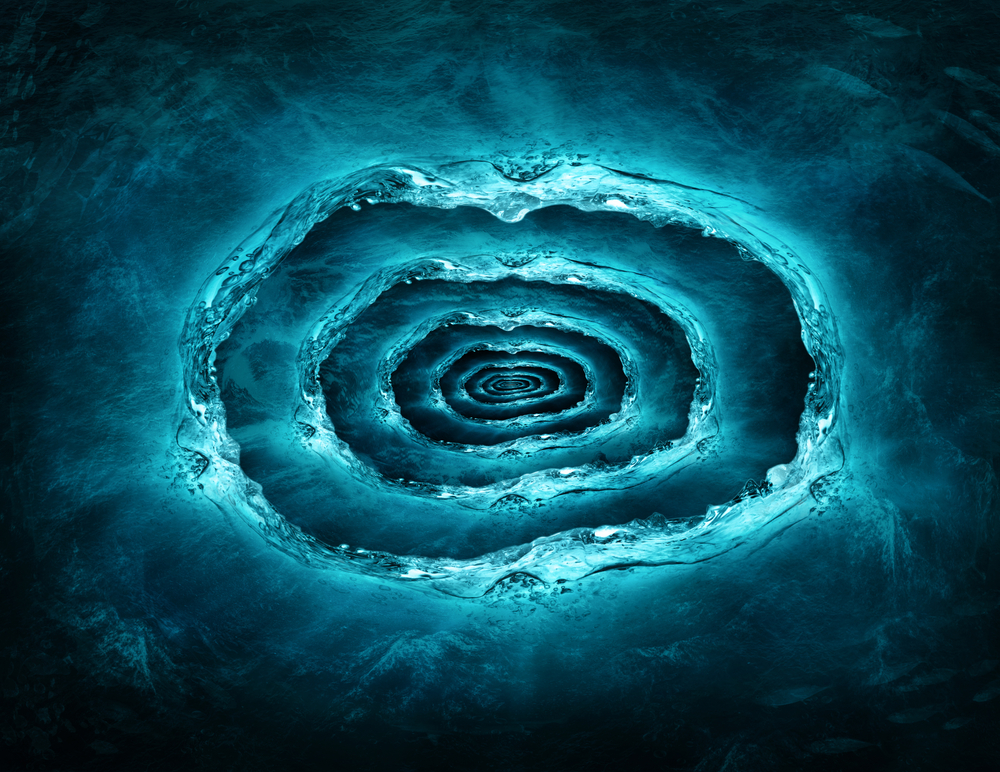
South of Japan lies an area known as the Devil’s Sea, or the Dragon’s Triangle, which shares a reputation similar to the Bermuda Triangle. It’s an area marked by mysterious ship disappearances, erratic weather patterns, and alleged magnetic anomalies. Japanese legends speak of dragons that inhabit the waters, devouring ships that stray too close. Scientific explanations often point to the volcanic activity in the area, creating dangerous sea conditions.
Despite these theories, the Devil’s Sea continues to captivate imaginations with its air of danger and the unknown. It highlights how some oceanic mysteries are deeply interwoven with cultural narratives and mythology. For sailors and researchers, it serves as a cautionary tale about the power and unpredictability of nature. Whether supernatural or not, the Dragon’s Triangle remains a place of intrigue and speculation.
8. The Giant Squid
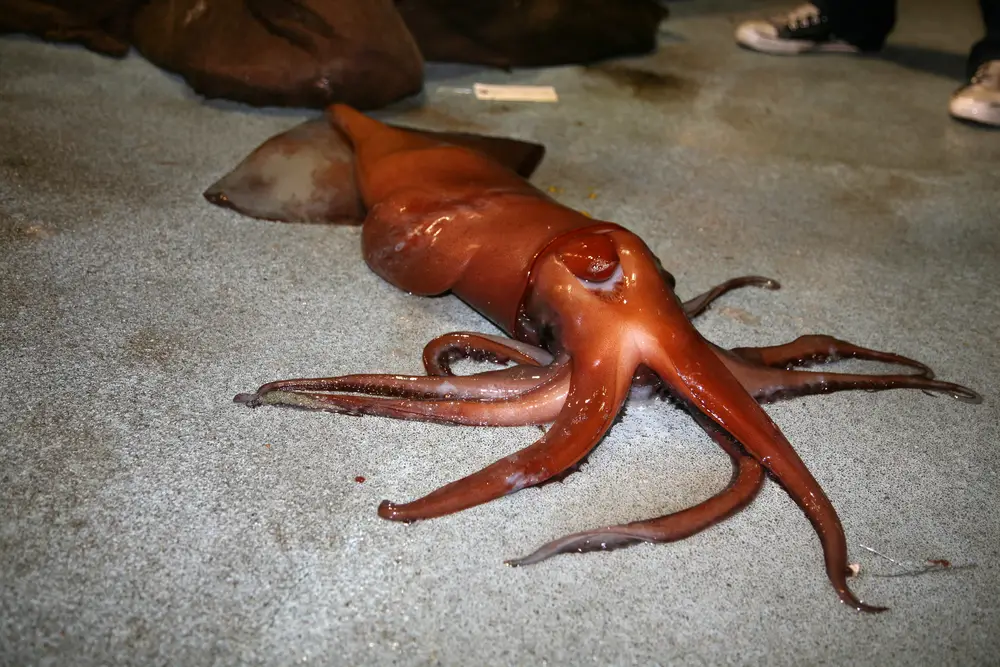
Once considered a creature of myth, the giant squid is a real-life leviathan lurking in the ocean depths. These elusive creatures can grow to immense sizes, with the largest specimens reaching up to 43 feet in length. Despite their size, giant squids are rarely seen by humans, adding to their mystique and the legends surrounding them. The first video footage of a living giant squid in its natural habitat was only captured in 2012, showcasing its elusive nature.
The giant squid’s physiology raises numerous questions, such as how it hunts and survives in the deep sea’s harsh environment. Its massive eyes, among the largest in the animal kingdom, are perfect adaptations for spotting prey in the murky depths. The creature’s rarity and fearsome appearance have cemented its position as an oceanic enigma. As researchers continue to study the giant squid, each discovery adds to the lore of this deep-sea giant.
9. The Sonar Anomaly

In recent years, sonar technology has detected massive, unexplained objects moving beneath the ocean surface. These anomalies, sometimes referred to as USOs (Unidentified Submerged Objects), have sparked theories about underwater UFOs and secret submarines. Unlike their airborne counterparts, these sonar pings suggest something large and fast is lurking below. Despite repeated efforts, no definitive evidence has been found to explain these mysterious readings.
Theories range from misinterpretations of sonar data due to natural phenomena to the presence of unknown marine life. The ocean’s vastness often conceals the true nature of these blips, fueling speculation and intrigue. For oceanographers, these anomalies are puzzles waiting to be solved, representing the unknown corners of our planet’s underwater world. Until more is known, they remain captivating enigmas of the deep.
10. The Jellyfish Lake

In Palau, there exists a body of water known as Jellyfish Lake, home to millions of golden jellyfish that drift back and forth across the lake daily. Though their appearance is surreal, these jellyfish are harmless to humans, having evolved with reduced stingers due to a lack of predators. This unique ecosystem has developed in isolation, with the jellyfish’s mesmerizing migration patterns remaining a subject of study.
Scientists are intrigued by how these jellyfish adapted to their environment, and what their presence reveals about the lake’s ecological history. The lake’s isolation from the ocean has resulted in a unique evolutionary path, showcasing nature’s ability to adapt and thrive under specific conditions. For visitors, swimming among these harmless jellyfish is an otherworldly experience. Jellyfish Lake remains a natural wonder, a testament to the ocean’s capacity for wonder and adaptation.
